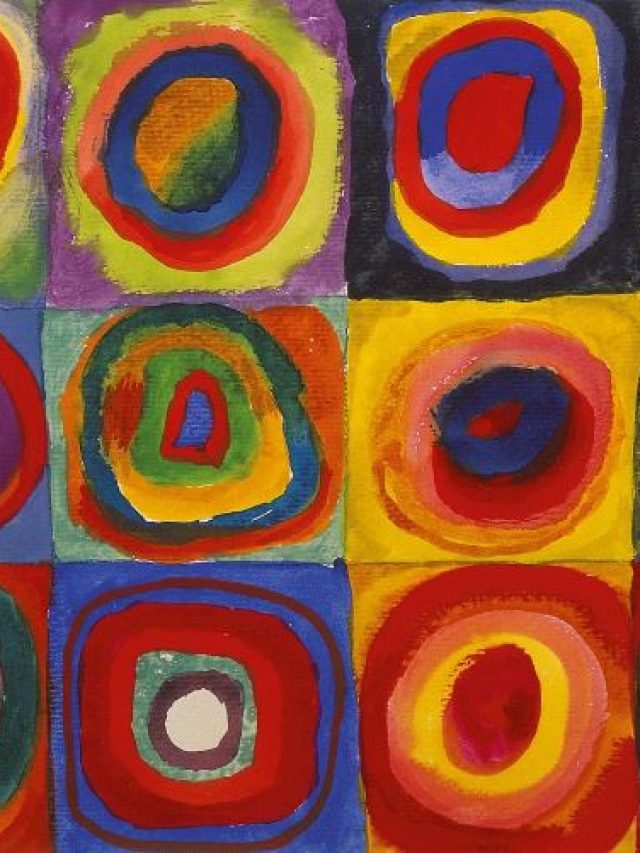The Essence of Motion: Exploring the World of Rhythm Art
Have you ever detected the slightest movement over a canvas or felt a lively pulse within a painted figure? That is the art in rhythm. Rhythm lends the viewer its heartbeat, leading the eye in and out of shapes, colors and lines. It should act as a backbone that just helps hold a piece together and gives it continuity, thus making it have life. Many of the rhythms, tempos, and melodies we immediately associate with rhythm are related to music. Rhythm, though a very different vibe when it comes to art. Whether formal or informal, in the repetition of patterns, through organization of visual elements or in how light and shadow meet. Those beats can be just as hair whipping or perfectly cozy as the next.
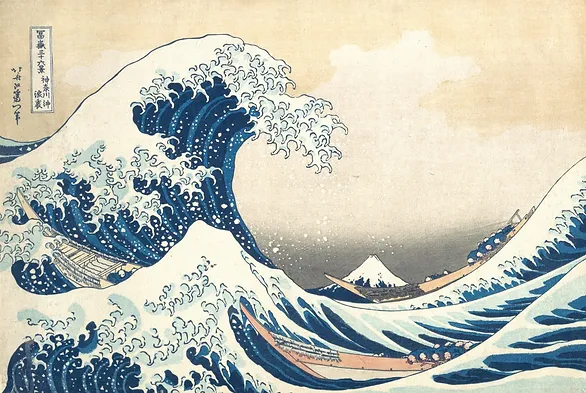
In this article, we will discover how rhythm is created by artists and its impact on the viewer as delving deeper into what exactly is rhythm in art. It answers the question, what is rhythm in art? By means of evocative illustration and meticulous examination. Be prepared to see“ the way rhythm infiltrates the arts animating museums as creating a beautiful smooth rapport with the observer and artwork.
Rhythm and How Artists Apply it in Their Art?
In order to do so, we can begin with the definition of rhythm and its expression through visual art. Rhythm is one of the basic principles of art, like balance, emphasis and movement, unity harmony variation proportion and scale. These ideas collectively which are called a design principles lay the foundation of an artwork. Rhythm in terms of art is repetition or variation of elements such as colours, shapes, or lines that direct the viewers eyes around a composition and create a related movement and flow. If you place matching colors close together in a pattern, or group shapes together to imply motion, the artwork will have a rhythmic quality that makes it feel like it is moving.
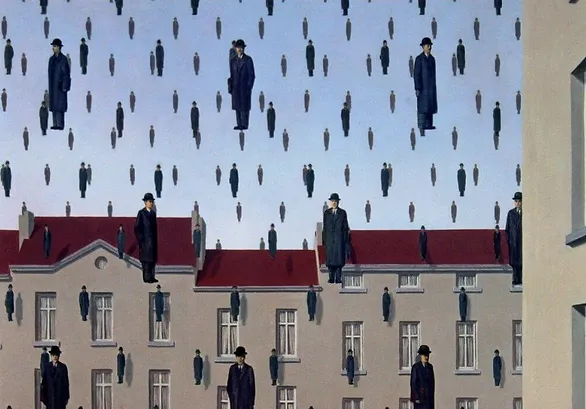
Including rhythm in art is an intricate task; there are a million ways to make it happen. This flexibility offers a variety of tools to artists, who, whether they work in drawing, graphic design or painting —on the one hand— and sculpture and installation art — on the other— can find infinite possibilities for experimenting with rhythm as a way to achieve its desired effect. Rhythm in general can create moods and feelings, either emotionally or atmospherically. They could produce a work that feels frenetically charged and energetic, soothing and liquid-like, or even more regimented and linear. The eventual outcome is a very complex art form that uses rhythm to interact with other elements of art to create different and infinite ways for artists to express themselves.
Rhythm The locally available Rhythms in different countries but same can be felt across the borders or art. Each of these rhythmic style can used to convey a various moods, words or state of mind to the audience along with quite visual impact in the artwork. Lets break them down one by one.
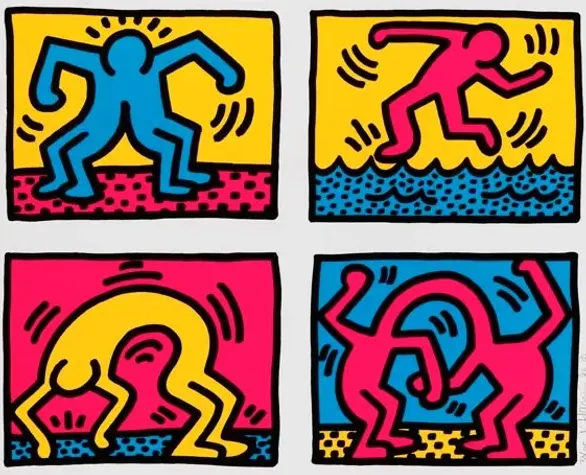
Regular Rhythm
Art regular rhythm is the type of rhythm in which the elements are organized in a systematic way, resulting in an orderly manner creating harmony and balance between them. The best case of this could be observed in the art of Dutch artist Piet Mondrian, and his work, Composition II in Red, Blue and Yellow. Regular rhythm is well controlled in this painting by Mondrian, through the repeated horizontal and vertical black lines, alongside blocks of primary colours. The regularity of these elements produces a sense of both order and calm, rhythm being then Mondrian’s instrument to inspire tranquillity and balance in the chaos that modern abstraction poses. Another example of regular rhythm is Grant Wood’s 1931 composition Fall Plowing. Meanwhile, a rhythmic manipulation is accomplished by the organization of plow lines and rows of larger bundles of grass at the lower front-right of the oil painting. This is in contrast with the regularity of the beats — except for the catchy breaks — where, other than needing to dance around like a madman on brown acid or something, one finds little interest.
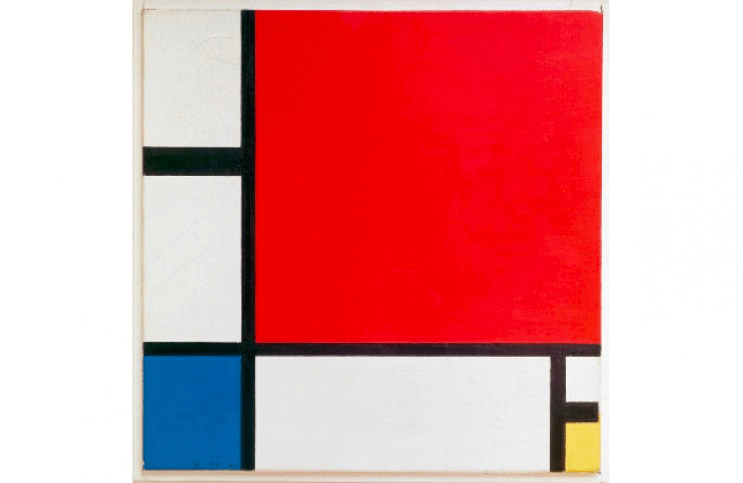
Flowing Rhythm
Flowing rhythm in Art is expressed by arranging elements to imply motion or direction, guiding the viewer’s eye through the composition whilst bringing life to a static image. This can be clearly seen in the brushstrokes in Vincent van Gogh’s ‘Starry Night,’ which whimsically take your eye around the canvas, giving life to the painting. Agreeably or similarly, “The Tree of Life” painted by Gustav Klimt follows a flowing rhythm as you look at the spirals that makes out its tree shape and allows your eye to move from the center to human forms on the left and right. All of which are organic, meandering spirals that change direction and size to give the image lifelike flow. The flowing nature of this style, often representing some sort of motion or life, is most apparent in the work of artists such as Hector Guimard and Alphonse Mucha.
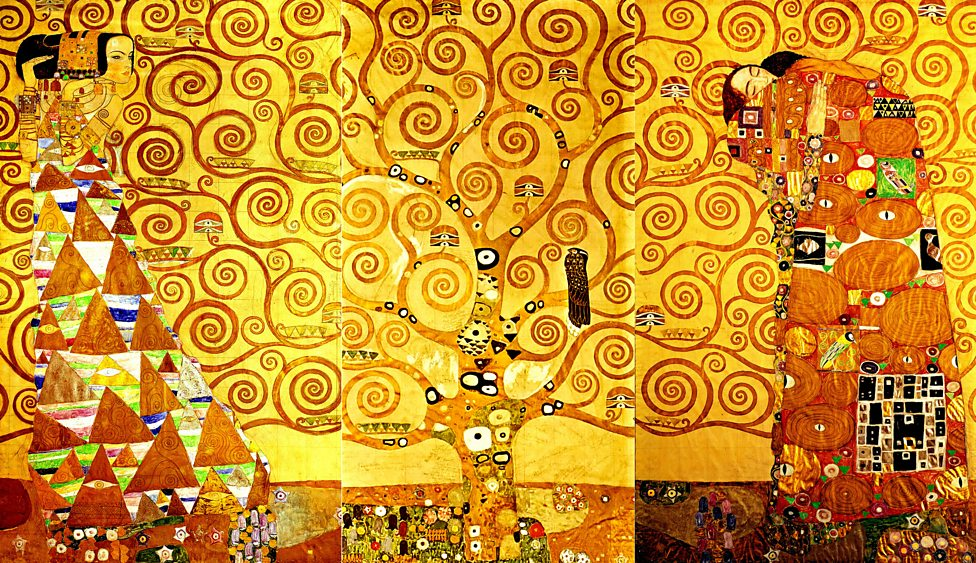
Progressive Rhythm
Elements are styled monologically one after another in order of increasing size, color or texture to give a feeling of progression and movement. It is called progressive rhythm. An iconic example of this would be Constantin Brancusi’s sculpture Bird in Space, where the shape of a bird becomes more elongate and reduced form by form to the point motion is implied. On the other hand, the X-Ray of the Nautilus Shell (Edward Charles Le Grice), shows this natural progressive rhythm happening in an organic system created when a shell is bigger because each element on it grows at a different rate following an spiral pattern. Another example of progressive rhythm in art is Wassily Kandinsky´s painting ´´Composition VIII´´; This abstract piece is a continuous evolution of shapes and patterns that lead the eye of an observer through stage after stage. The painting creates an idea of moving through time, and travelling across the surface in a number of different visual ways it was created with colour (each shape represented is coloured differently, yet work together harmoniously) shape and composition.
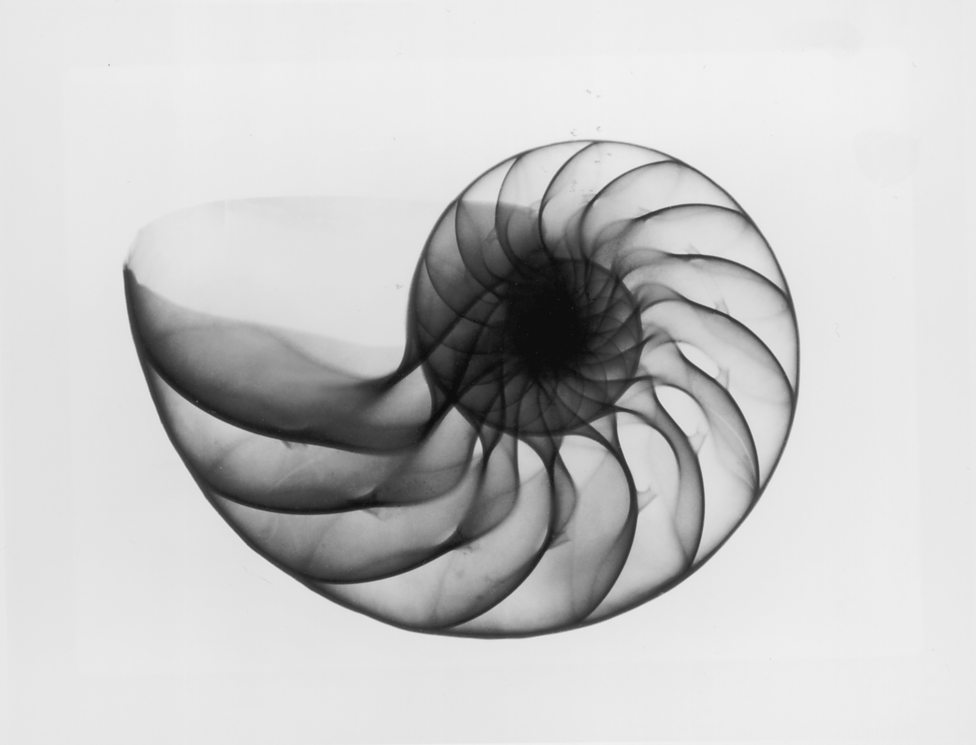
Random Rhythm
Random rhythm is characterized by the erratic arrangement of elements in a work, and creates an element of chaos, action or energy in art. You can see it in Mark Rothko’s ‘No. 61 (Rust and Blue)’, where blue rectangles of the same depth of colour framed by different shades or reds are placed, seemingly at random, so you never know which will be next -it is unpredictable. As well, Jackson Pollack clearly spreads and splashes paint in many colors lines and speckles “Autumn Rhythm: Number 30 (1950)” creating a scene of disorder that is constantly moving.
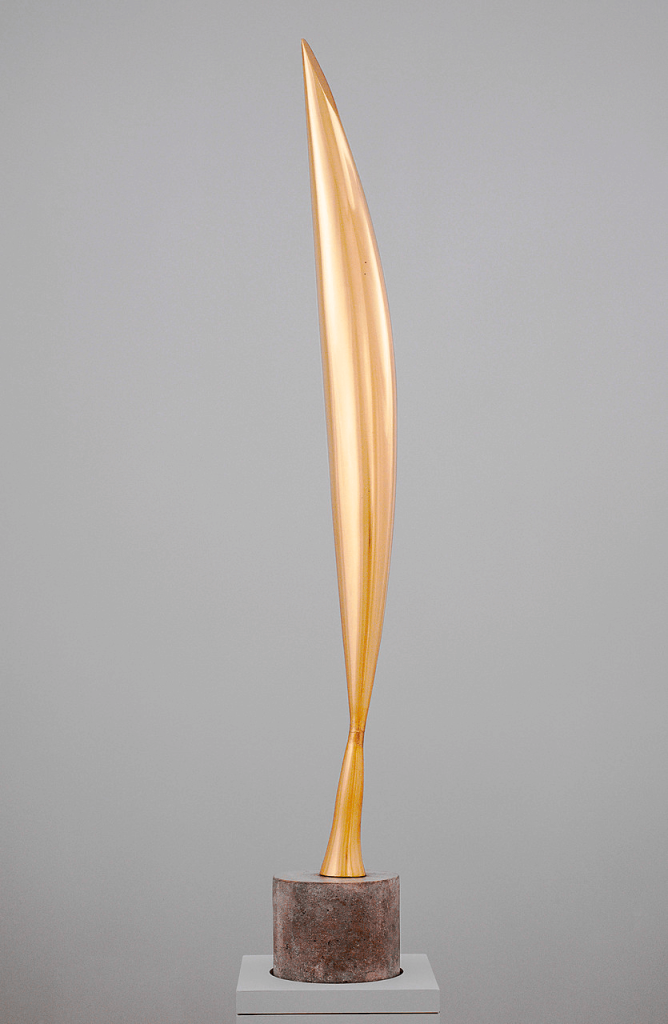
The Different Techniques Applied by Artists to Develop Rhythm in Art
Repetition and variation, contrast, and graduation are used to achieve rhythm in art. The former two sway the eye with their rhythms, and the latter two move the eye and elevate their work. In the above case, repetition repeats forms and colors also aids in creating a pattern. Variation adds differences in size, color, or substance to a piece. Graduation makes their transitions among components a smooth one, as both help shift distance. Finally, contrast generates interest and balance with the aid of contrasting elements. Using contrast in art to create rhythm.
Rhythm in art is like the pulse of a work, pulsing the human eye with replication, difference, contrary, and stream away. The color, figure, and substance of such pictures, paste vitality into even photos, and the viewing’s essential thrill in such an esthetic artistry that receives audiences away from the allurement.Olga pastich, a Photoshop artist, is the author of this artwork, having been developed in 2017 to make diagrams and measurements.
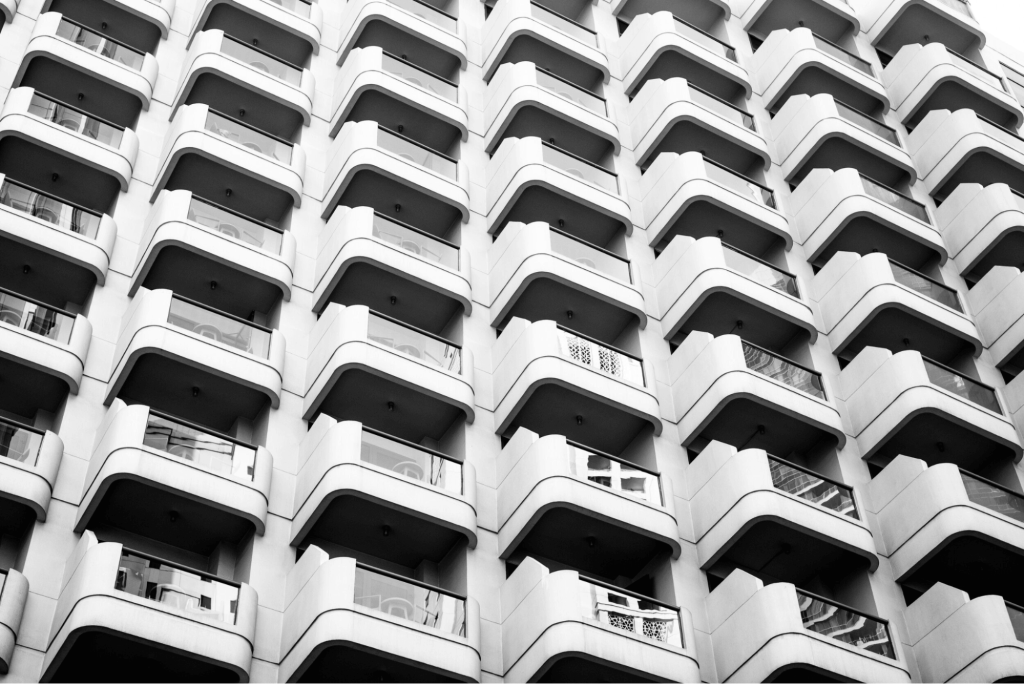
References
https://www.studiobinder.com/blog/what-is-rhythm-in-art-
definition/#:~:text=Rhythm%20in%20art%20is%20the,certain%20areas%20of%20the%20composition.
https://www.bbc.co.uk/bitesize/guides/zpht6fr/revision/3
https://artincontext.org/rhythm-in-art/.



